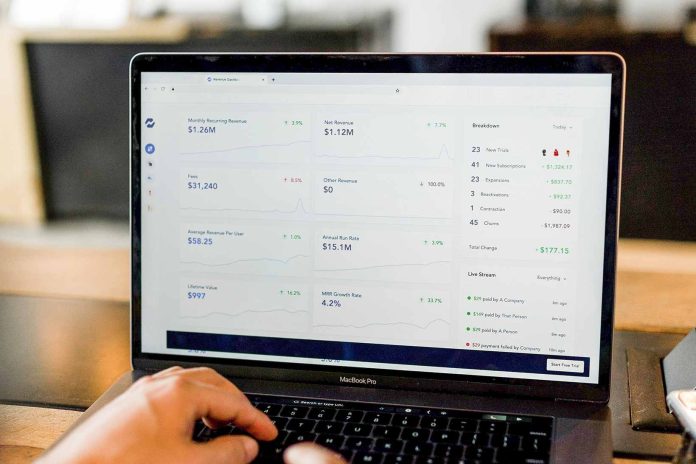Ethiopian Arabica coffee is renowned globally for its superior quality and unique flavor profiles. As the largest African producer of Arabica coffee, Ethiopia boasts over 400 active coffee exporters. Major importers include Germany (22% of total exports), Saudi Arabia (16%), the United States (11%), Japan (10%), Belgium (7%), Sudan (6%), and Italy (5%). For those interested in importing Ethiopian coffee, understanding the following steps is crucial:
1. Understand Production Methods and Grading System
Ethiopian coffee undergoes two primary processing methods: washed and unwashed (natural). The grading system is as follows:
- Geographical Origin: Each coffee is named based on its production region.
- Grading Scale: Coffee is graded on a scale from 1 to 9. Grades 1 and 2 are considered specialty coffees, while grades 3 to 9 are classified as commercial coffees.
- Grouping: Coffees are categorized into four groups: commercial washed, commercial unwashed, specialty washed, and specialty unwashed.
- Designation: The primary name refers to the larger region (e.g., Sidama), followed by a letter indicating the sub-region (e.g., Sidama ‘C’ or Jimma ‘A’).
2. Comprehend the Purchasing Channels
There are three main avenues to purchase Ethiopian coffee:
- Exporters: They acquire coffee from the Ethiopian Commodities Exchange (ECX).
- Cooperative Unions: Coffee from various cooperatives is sold through four main cooperative unions.
- Private Estates: These entities often hold export licenses, allowing direct sales to international buyers.
3. Familiarize Yourself with the Ethiopian Commodities Exchange (ECX)
The ECX serves as a centralized trading platform for commodities, including coffee. Upon entry, coffee is graded and assigned a geographical designation. It is then stored in ECX warehouses to prevent tampering before being auctioned to exporters. Notably, cooperatives and private estates can bypass the ECX, selling directly to international markets.
4. Evaluate Coffee Quality Through Samples
Importers are provided with samples to assess quality before finalizing purchases. These include pre-shipment samples, enabling buyers to verify that the coffee meets their standards.
5. Gather Comprehensive Information About the Coffee
Obtaining detailed information is vital to ensure the coffee aligns with your expectations. Key details include grade, region, processing method, community, and farmer information. When purchasing from cooperative unions or private estates, ensure all relevant information is provided before making a decision.
6. Engage a Reliable Agent
Hiring an agent to act on your behalf can facilitate the purchasing process. An agent’s responsibilities include collecting information about the coffee and its origin, inspecting quality, and clarifying shipping details.
7. Conduct Physical Inspections of Coffee Lots
After receiving samples (typically at least 2 kilograms of green beans), the agent should conduct a physical inspection to assess quality and consistency.
8. Negotiate Contract Terms
Clearly define terms such as price, quantity, quality specifications, packaging, shipping arrangements, and payment terms. A well-structured contract ensures both parties have aligned expectations.
9. Arrange Logistics and Shipping
Coordinate with logistics providers experienced in handling coffee shipments. Ensure compliance with both Ethiopian export regulations and import regulations of the destination country. Proper documentation and adherence to shipping protocols are essential to maintain coffee quality during transit.
10. Prepare for Customs Clearance and Distribution
Upon arrival, the coffee must clear customs before distribution. Familiarize yourself with the import regulations of your country to ensure compliance and avoid delays. Establish relationships with local distributors or plan your distribution strategy to effectively bring the coffee to market.
By meticulously following these steps, importers can successfully navigate the complexities of importing Ethiopian coffee, ensuring they deliver high-quality products to their customers.




